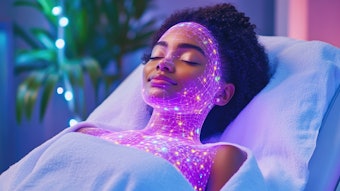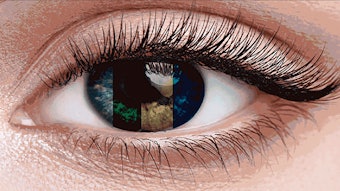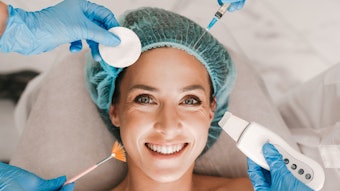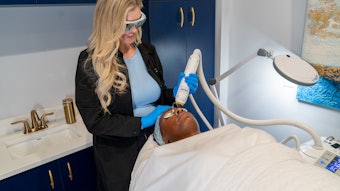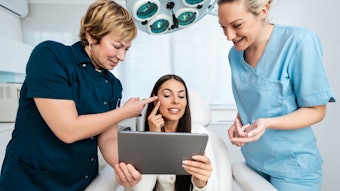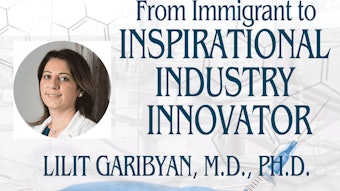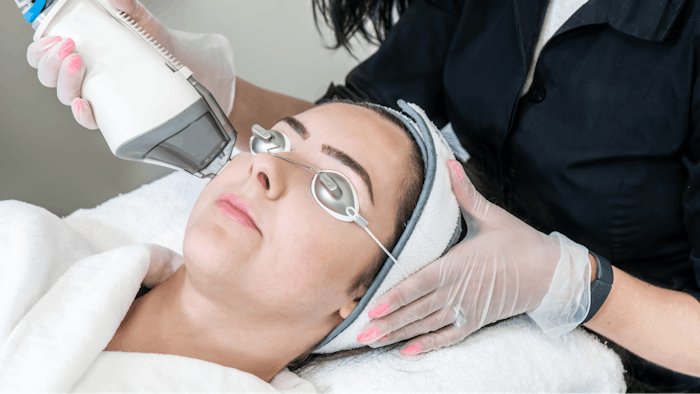
Exosomes derived from stem cells are multifunctional nano vesicles that promote tissue repair and regeneration when used to treat scarring. Treating scars with exosomes is especially effective on areas where it can be challenging to make subcisions, like the forehead and temple.
Exosomes are now being used with lasers and RF microneedling to treat acne scars. Shanthala Shivananjappa, M.D., board-certified anesthesiologist and owner of ShanthalaMD Medical Spa and Laser, has seen promising results using exosomes in combination treatments for scaring.
“The wound healing power of exosomes combined with lasers and RF microneedling will be the gold standard in the future,” Shivananjappa said. “The safety and efficacy of Exovex exosomes are promising due to their synergistic effects with lasers.”
Adding Exosomes to Acne Scar Treatments
According to Shivananjappa, adding exosomes to acne scar treatments can accelerate wound healing and promote collagen remodeling. She applies them topically on the scars after lasers and RF microneedling treatments.
“A multimodal approach is the key for successful scar remodeling,” Shivananjappa said. “Exosomes are used as adjuvant therapy and reduce the unwanted side effects of aggressive laser/RF therapy for acne scars.”
 Before and After image of an acne scar treatment by Dr. Shanthala Shivananjappa.[Image courtesy of Dr. Shanthala Shivananjappa]
Before and After image of an acne scar treatment by Dr. Shanthala Shivananjappa.[Image courtesy of Dr. Shanthala Shivananjappa]
A study in Acta Dermato-Venereologica (October 2020) found positive results for a combination acne scar treatment with a fractional CO2 laser and a topical containing human adipose tissue stem cell-derived exosomes.
The study included 25 patients (18 men and 7 women), 19 to 54 years old, with atrophic acne scars. Each patient received three consecutive treatment sessions of fractional CO2 laser to the entire face, with a follow-up evaluation and post-laser split face regimen, where one side of each patient’s face was treated with an adipose tissue stem cell-derived exosome gel and the other a control gel.
Treatment sides of the face (32.5%) achieved a significantly greater improvement than the control sides (19.9%) at the final follow-up visit. Treatment-related erythema was milder and post-treatment downtime shorter on treatment side.
“PRP was my go-to adjuvant therapy, along with energy-based treatments and subcisions, with patients noticing improvement after several sessions,” Shivananjappa said. “After I began using exosomes in combination treatments, patients had noticeable improvement, faster recovery, less side effects and returned to normal life after 24 hours.”



